Why Preventive Maintenance is Crucial for Schools & Universities
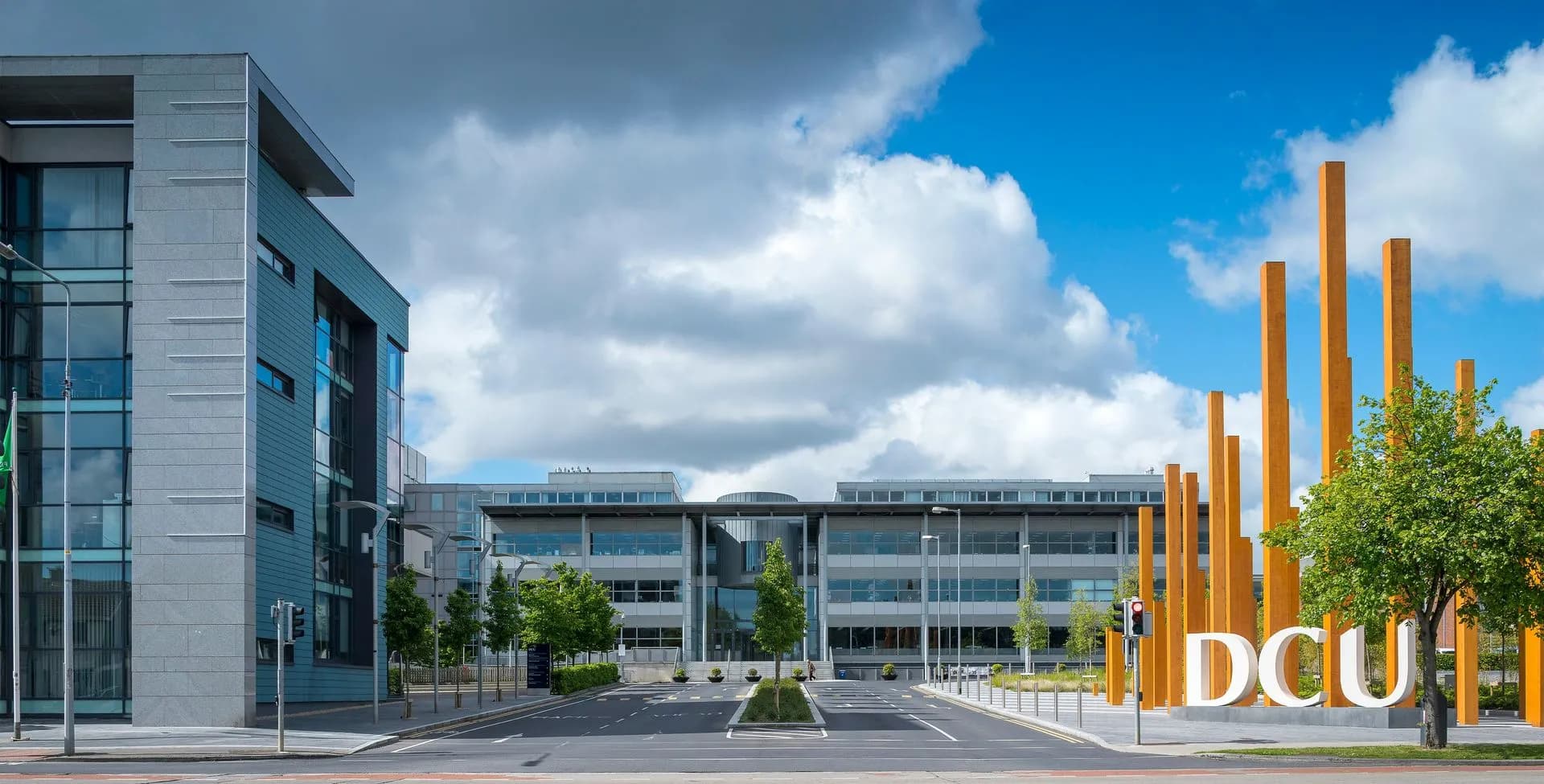
Schools and universities serve as critical environments for learning, where students, teachers, and staff depend on safe, functional, and clean facilities to support education. However, ensuring that these buildings remain in optimal condition requires more than just responding to issues as they arise—it requires preventive maintenance.
Preventive maintenance is the regular, scheduled upkeep of equipment, infrastructure, and systems to prevent problems before they occur. For educational institutions, investing in preventive maintenance can result in numerous benefits, from cost savings to enhanced safety. In this blog, we’ll explore why preventive maintenance is crucial for schools and universities and the impact it can have on the overall learning environment.
1. Enhanced Safety for Students and Staff
The safety of students, faculty, and staff is a top priority for any school or university. Preventive maintenance plays a critical role in minimizing potential hazards within educational buildings. By regularly inspecting and servicing electrical systems, HVAC units, plumbing, fire alarms, and even playground equipment, schools can reduce the risk of accidents or emergencies caused by malfunctioning systems.
For example, an unexpected heating failure during winter could leave classrooms too cold to be conducive to learning, or a malfunctioning fire alarm system could endanger the entire campus community. Routine checks and maintenance ensure these systems work reliably, enhancing the overall safety of the school environment.
Real-World Example: HVAC System Maintenance
In the U.S., school buildings are often large, complex structures with significant heating, ventilation, and air conditioning (HVAC) needs. A well-maintained HVAC system provides a comfortable environment, but if neglected, it could break down or circulate poor air quality, which can lead to illness or discomfort for students and staff. Preventive maintenance of HVAC systems ensures optimal performance, cleaner air, and fewer classroom disruptions.
2. Cost Savings Through Early Detection
One of the most significant advantages of preventive maintenance is the long-term cost savings it provides. Schools and universities often operate on tight budgets, making large, unexpected repairs a major financial burden. By conducting regular maintenance and addressing small issues before they escalate, institutions can avoid costly repairs or full system replacements.
For instance, a small leak in the roof might seem insignificant at first, but if left unchecked, it can lead to significant structural damage and expensive repairs. Regular roof inspections as part of a preventive maintenance plan can identify issues early and ensure minor repairs are made before they turn into major problems.
Practical Example: Lighting and Electrical Systems
Replacing a few flickering lights or faulty wiring is a minor cost compared to the potential damage caused by a fire from unchecked electrical issues. Preventive maintenance schedules ensure that lighting and electrical systems are inspected, repaired, or replaced as needed, preventing costly and dangerous breakdowns.
3. Optimizing Energy Efficiency
Schools and universities typically consume a large amount of energy due to their size and the sheer number of students and staff occupying the buildings. With rising energy costs, maintaining energy efficiency is becoming increasingly important for educational institutions. Preventive maintenance ensures that systems such as HVAC, lighting, and insulation function efficiently, which in turn reduces energy consumption.
Regular cleaning of HVAC filters, insulation checks, and the replacement of outdated lighting fixtures with energy-efficient alternatives can significantly reduce a school’s or university’s carbon footprint while also lowering utility bills. As a result, institutions can allocate the saved funds toward other essential programs, such as student resources or new technology for classrooms.
Real-World Example: Energy-Efficient HVAC Systems
When HVAC systems are regularly serviced and cleaned, they run more efficiently, using less energy to cool or heat buildings. Preventive maintenance that includes system upgrades and monitoring ensures schools get the most from their equipment, improving energy efficiency and saving on costs.
4. Creating a Positive Learning Environment
The physical environment of a school or university directly affects the learning experience. Preventive maintenance ensures that classrooms, libraries, dormitories, and other facilities remain clean, comfortable, and in excellent working condition. Students are more likely to focus and engage in learning when they are not distracted by broken chairs, inconsistent heating, leaky ceilings, or malfunctioning technology.
Moreover, a well-maintained campus fosters a sense of pride and respect among students and staff. When facilities are kept in good condition, it signals that the institution values its spaces and the people who use them.
Practical Example: Technology Maintenance
In today’s education landscape, technology is a critical tool for learning. Schools and universities rely on computers, projectors, smart boards, and other tech equipment to facilitate instruction. Regular preventive maintenance checks on tech infrastructure ensure that students and teachers do not face disruptions from malfunctioning devices, providing a more consistent and productive learning experience.
5. Extending the Lifespan of Facilities and Equipment
Preventive maintenance is crucial for extending the lifespan of a school’s infrastructure and equipment. From gymnasiums and cafeterias to dormitories and laboratories, educational institutions house a variety of spaces with different maintenance needs. Without regular upkeep, these facilities can deteriorate quickly, leading to costly renovations or replacements that could have been avoided.
Routine maintenance tasks, such as re-painting walls, resealing windows, servicing elevators, or re-treating athletic fields, help schools preserve the quality of their facilities and extend the useful life of expensive equipment and infrastructure. By preventing the need for premature replacements, schools can allocate resources more efficiently.
Practical Example: Playground Maintenance
Outdoor playgrounds and sports facilities are areas of high use and require regular maintenance to prevent wear and tear. Preventive maintenance on playground structures ensures that swings, slides, and other equipment remain safe for students, preventing accidents and prolonging the life of these recreational areas.
6. Ensuring Compliance with Regulations
Schools and universities are subject to a range of safety and health regulations, including those concerning building codes, fire safety, and air quality. Non-compliance can lead to fines, lawsuits, or even closures. Preventive maintenance ensures that schools stay up-to-date with these regulations by regularly servicing equipment and systems that are required to meet safety standards.
By staying on top of preventive maintenance, educational institutions can avoid the risk of non-compliance, ensuring the safety of students and staff while maintaining the institution’s reputation.
Conclusion: Invest in Preventive Maintenance for Long-Term Success
Preventive maintenance is not just about preventing issues—it’s about creating a safer, more efficient, and more positive learning environment. From enhancing safety and saving costs to improving energy efficiency and extending the lifespan of facilities, preventive maintenance is a critical component of running a successful school or university.
To ensure your educational institution remains at its best, contact APS Industrial Services today to develop a custom preventive maintenance plan that meets your needs. Our expert team is ready to keep your facilities running smoothly, so you can focus on what matters most—education.
Newsletter
Don't miss a thing!
Sign up to receive daily news
Recent Posts
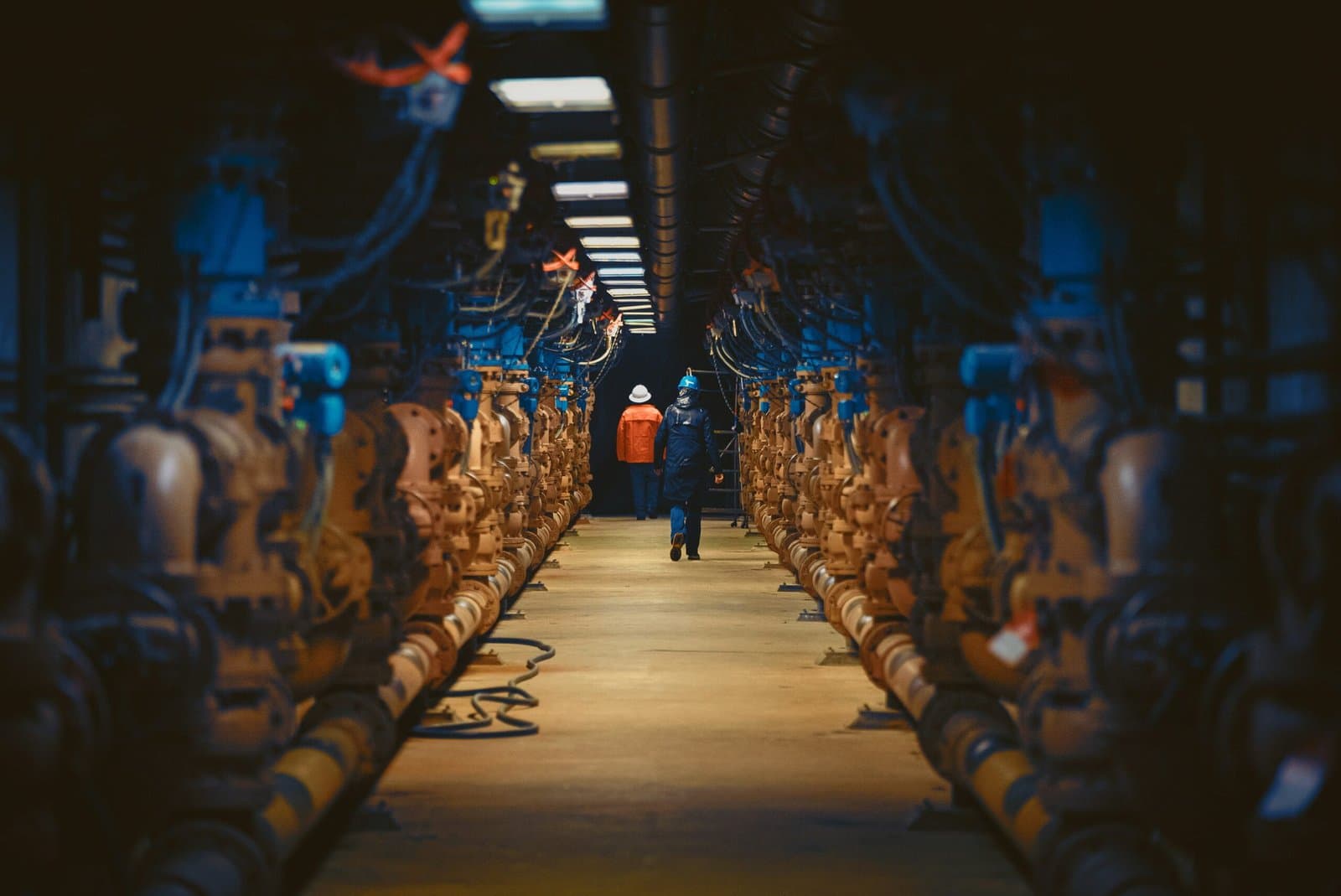
august 30, 2025
Decommissioning a Facility: How to Turn It into a Profitable Venture
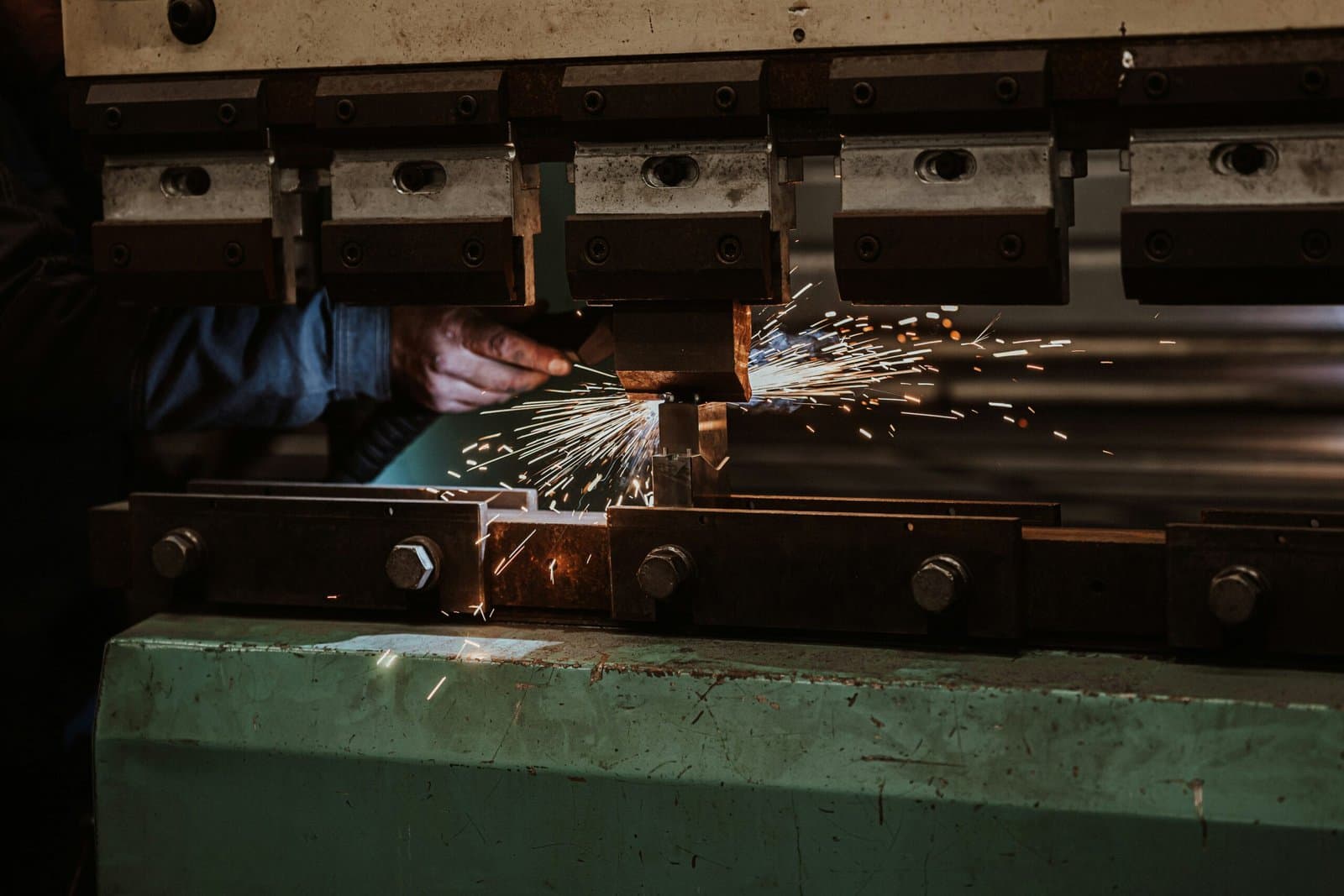
august 25, 2025
Hydraulic Press Maintenance 101
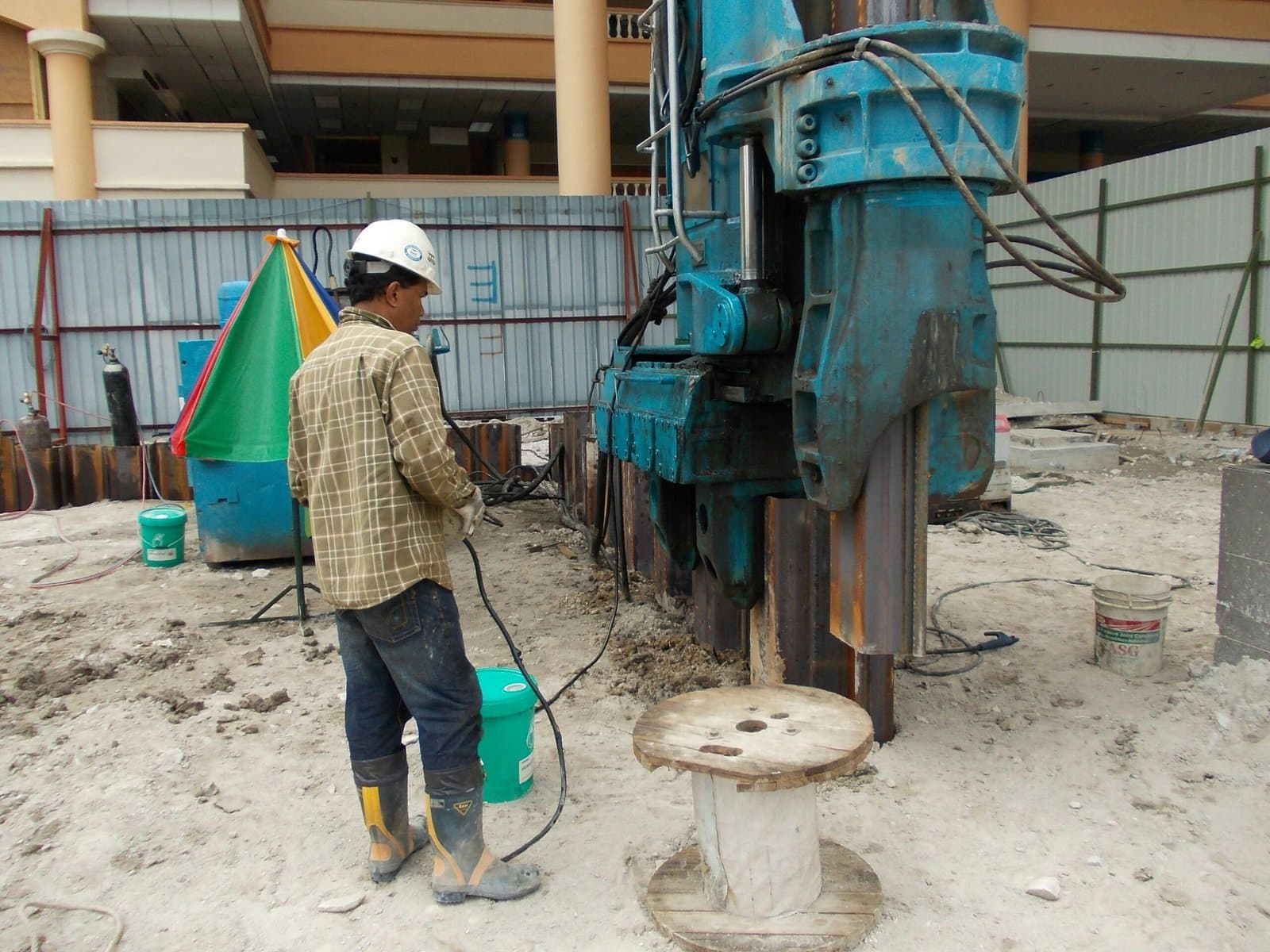
august 18, 2025
Rigging Machinery: The Challenge of Moving and Installing Outdated vs. Modern Equipment

august 16, 2025
Conveyor System Maintenance: 5 Early Warning Signs of Failure

august 14, 2025
Predictive Maintenance: The Smarter Alternative to Costly Reactive Repairs
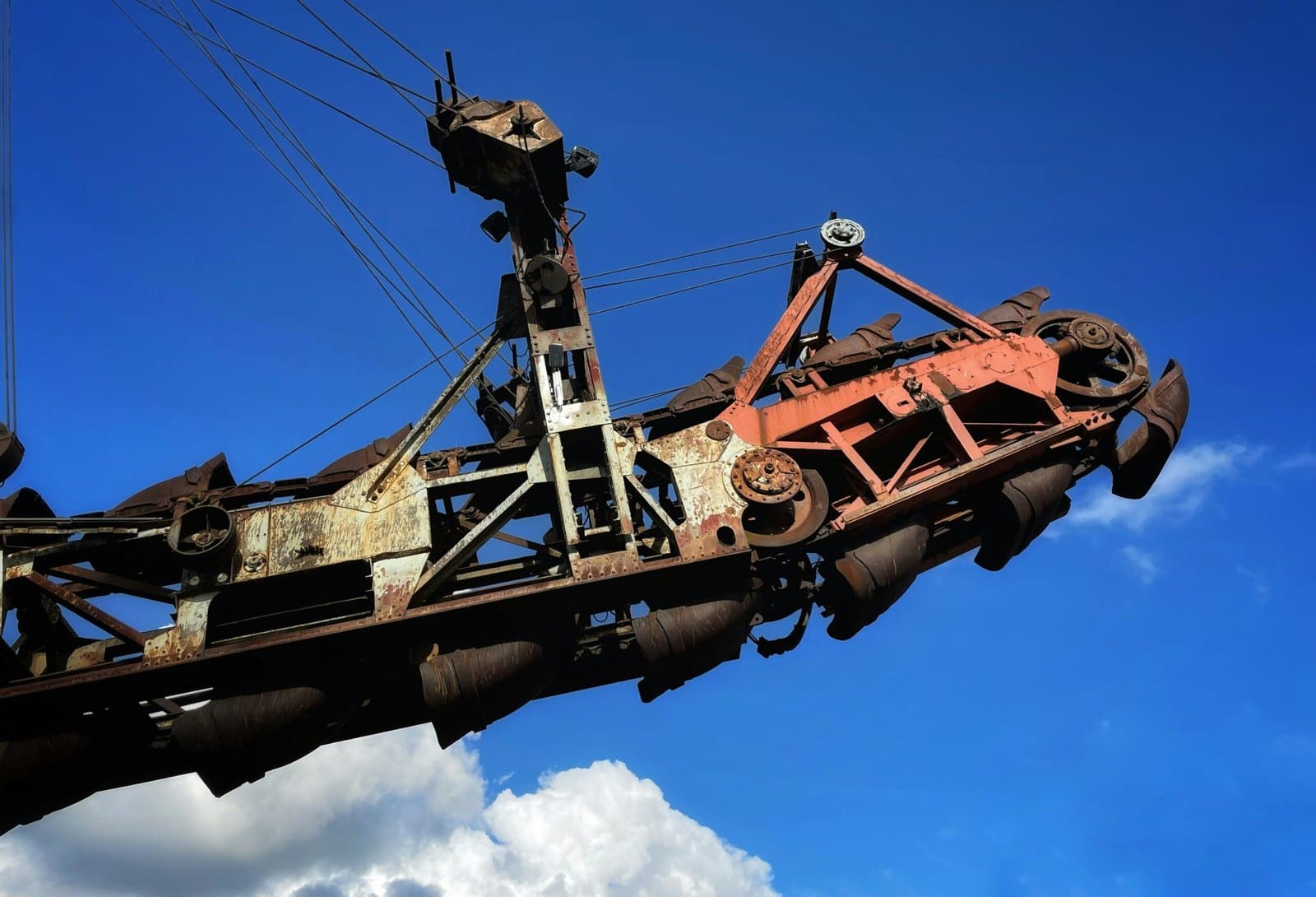
august 11, 2025